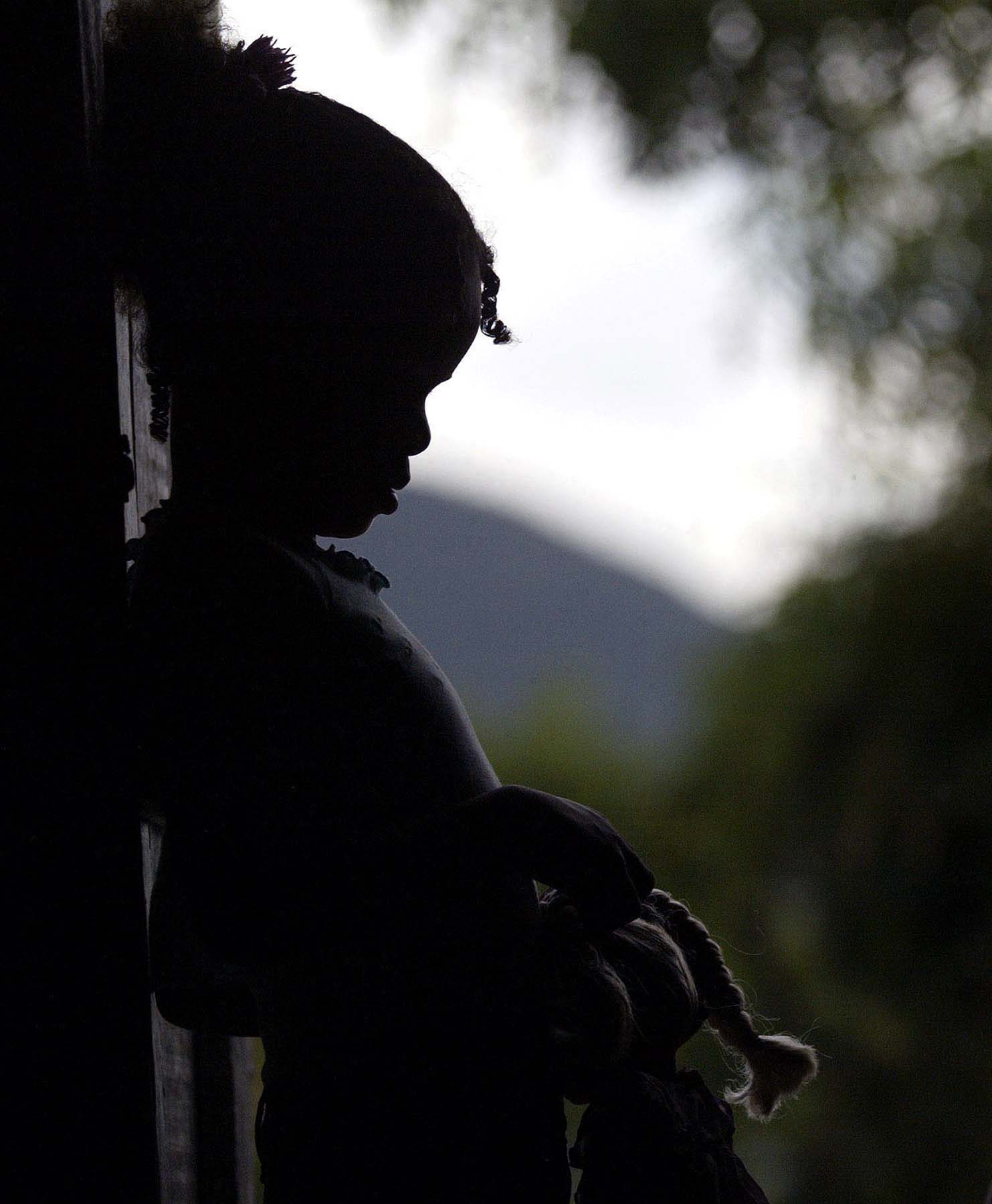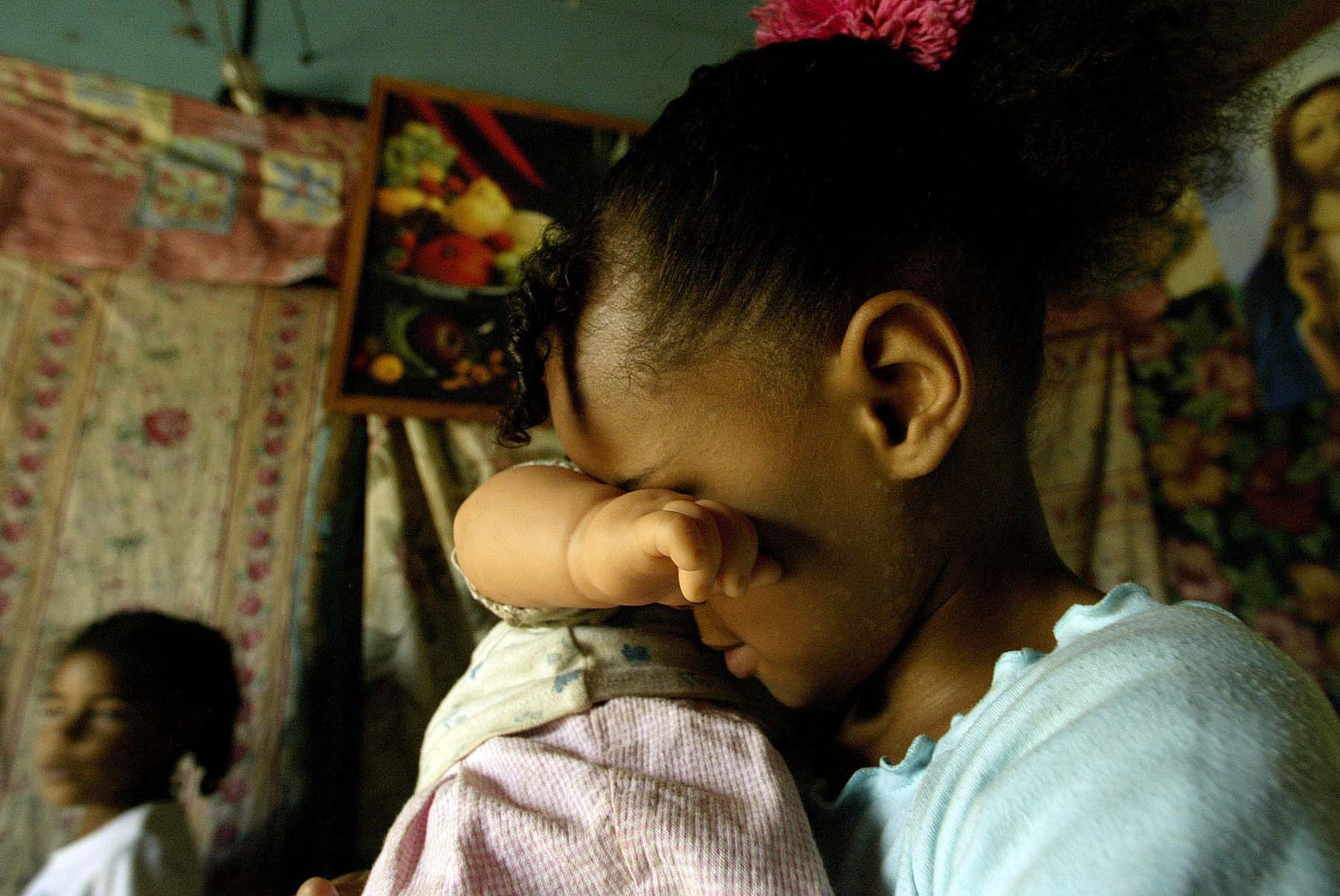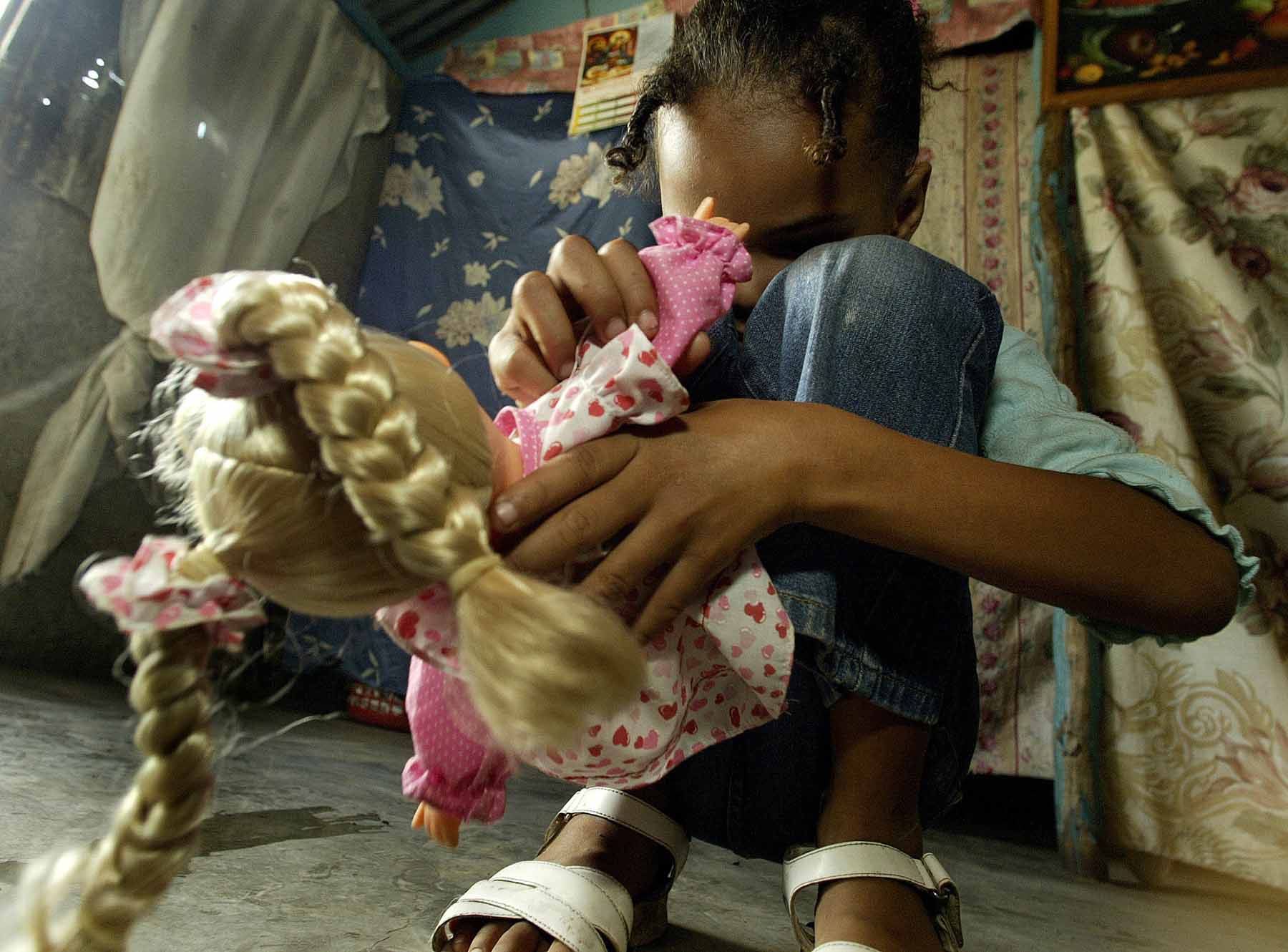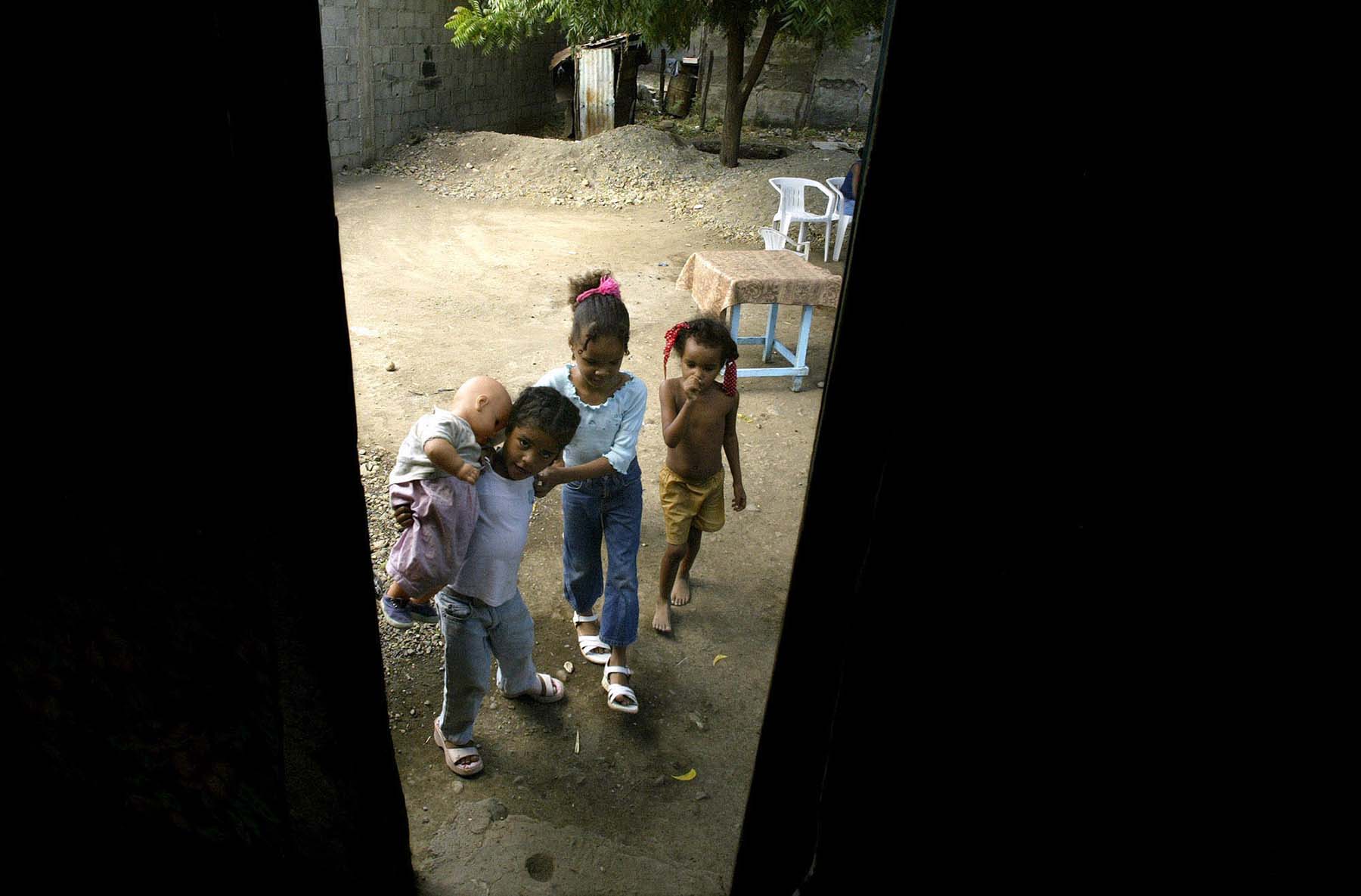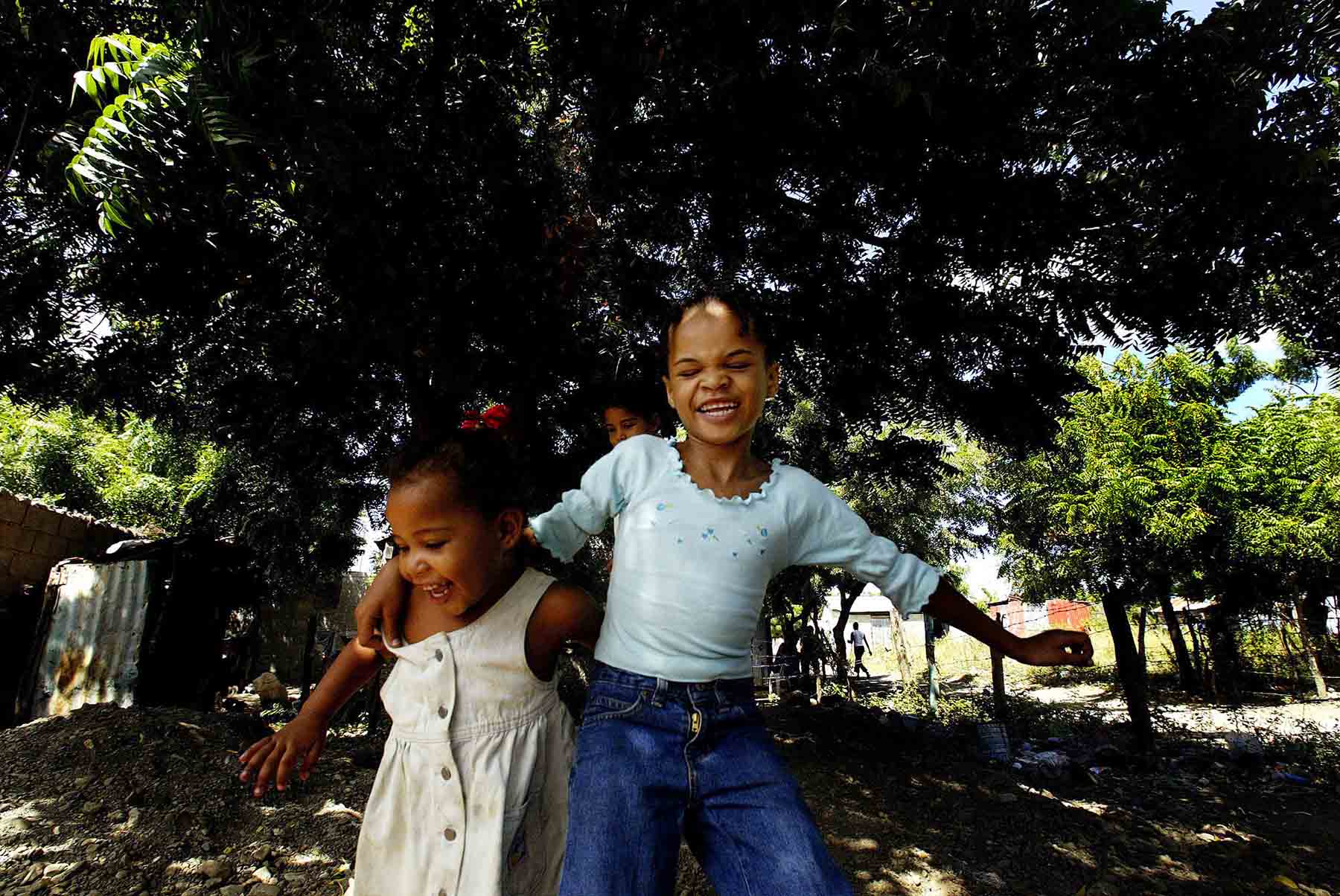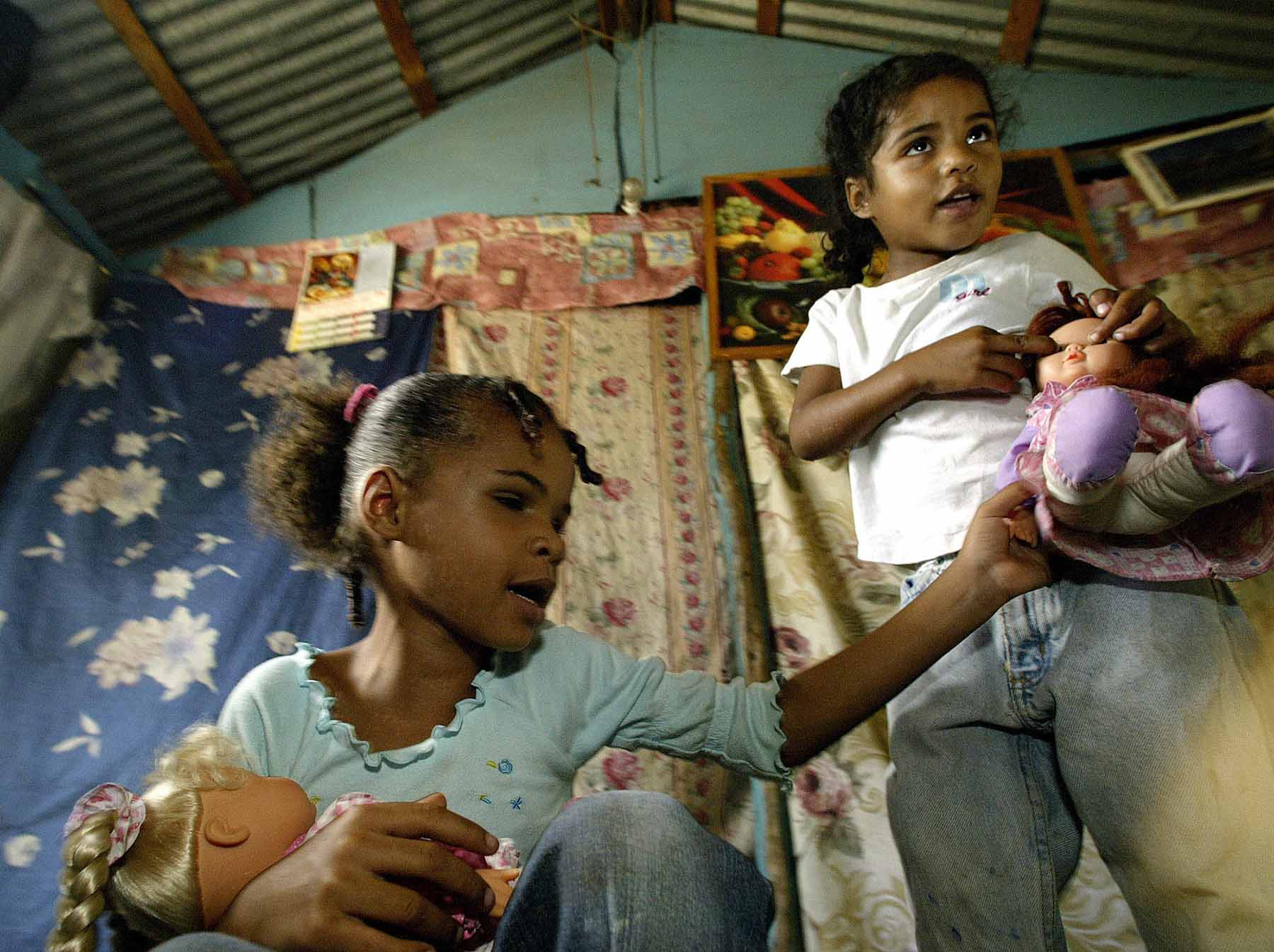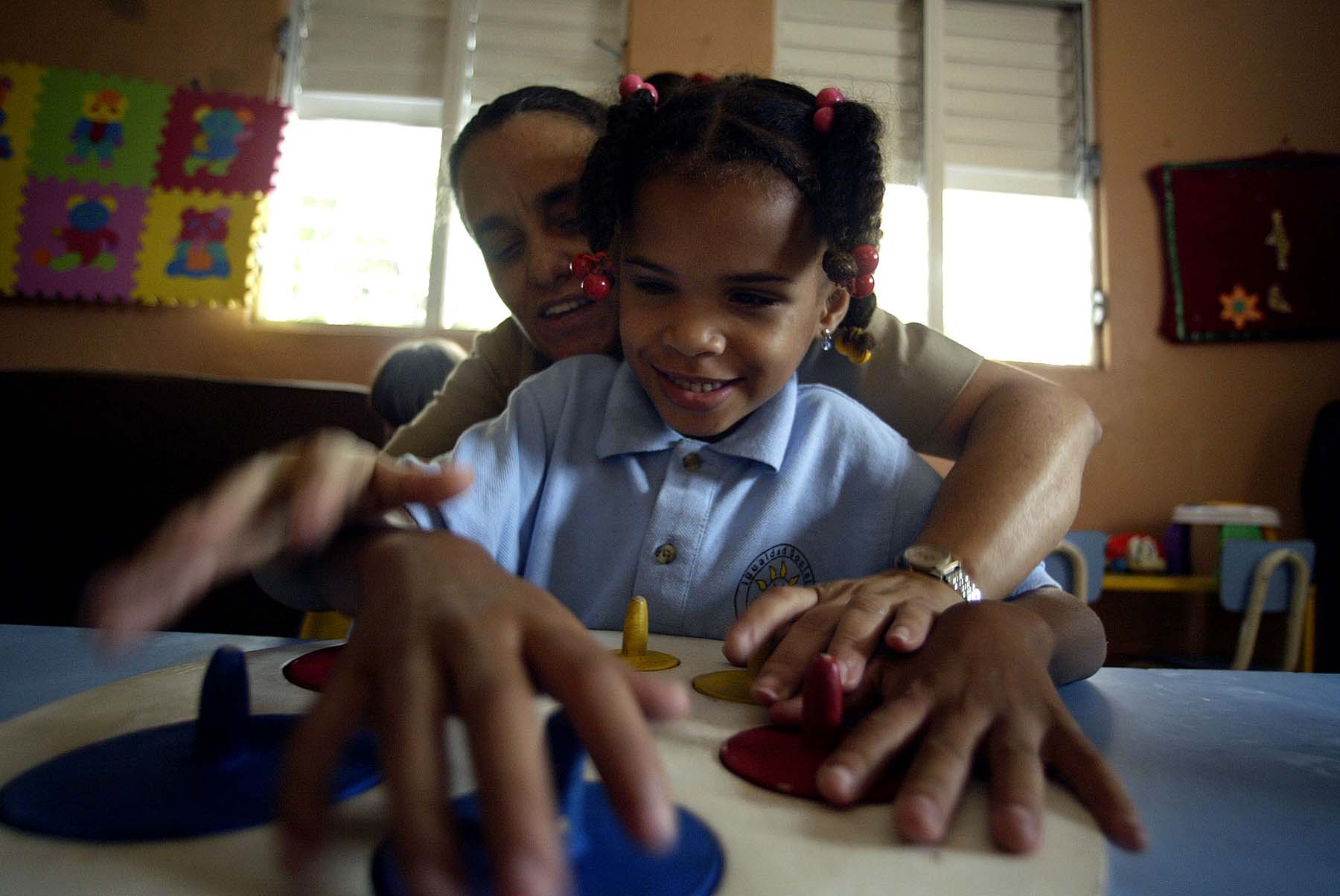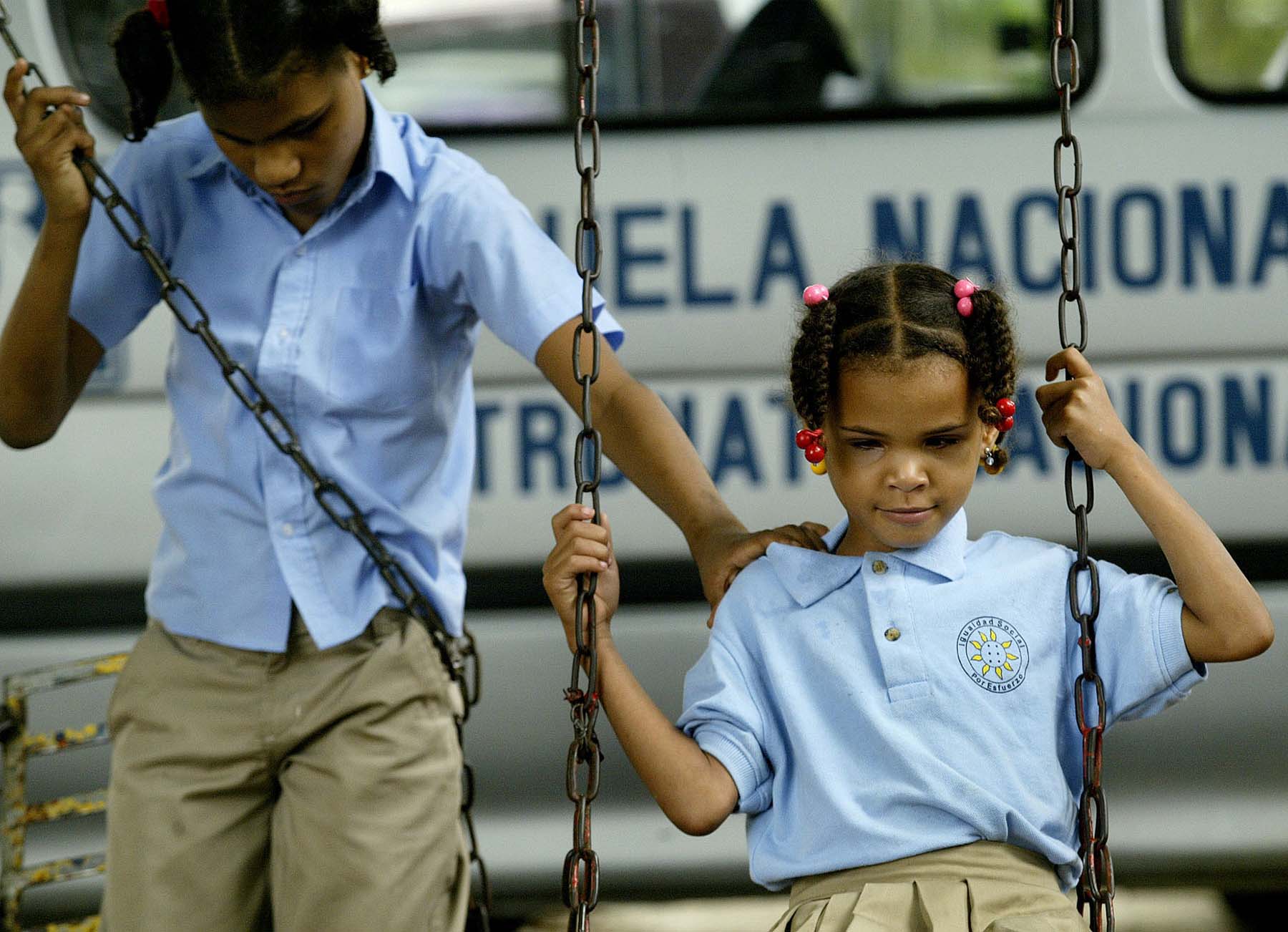Stray Bullets
Tania Diaz, 5 years old, the eldest of three sisters from Baní – 53 miles west of Santo Domingo, Dominican Republic – she was getting ready with enthusiasm to attend her first school day. Months later n August she was a classmate of children she did not know, whom she would never see their faces, teachers whom she only identified by their metal voice and dolls that she could not name by it hair color or clothes they were wearing. She had been totally blind as a result of a ‘stray bullet’ that entered her right temple and pierced the optic nerves of both eyes, extinguishing forever the colors, faces and shapes that were part of her life.
One more victim to add to the list of dozens of people who die or are injured each year because of stray bullets according to unofficial statistics. The possession of arms in the Dominican Republic is so ingrained in the population that even the police recognize that at least 75 percent of homicides are committed with pistols, automatic rifles and even homemade shotguns .
In this Caribbean island it is not strange to see people carrying a gun while they dance in a nightclub, take a bus or walk with their children or friends. Any foreigner might be surprised to see armed clients in a bank row, waiting to make their transactions or in supermarkets and hospitals … It is also routine for private guards to carry high-caliber weapons: men with low salaries, strenuous working hours and poorly nourished. As if that were not enough, the local custom is to celebrate from a year-end party to the triumph of a baseball team firing into the air.
According to statistics from the Ministry of the Interior and Police, there are more than 250,000 firearms duly registered, but it is estimated that the number of illegal weapons could multiply that number, in part due to illegal traffic above all from Haiti. The authorities requisition an average of 1,000 illegal weapons every month but the sad reality is that often the criminals are better armed than the police.
Balas Perdidas
Tania Díaz, 5 años, la mayor de tres hermanas de Baní, a 85 kilómetros al oeste de Santo Domingo, República Dominicana, se estaba preparando con entusiasmo para asistir a su primer día de escuela. Meses después, en agosto, era compañera de clases de niños que no conocía, a quienes nunca vería sus rostros, maestros a los que solo identificaba por su metal de voz y muñecas que no podía nombrar por el color de su pelo o la ropa que vestían. Había quedado totalmente ciega como resultado de una “bala perdida” que entró en su sien derecha y perforó los nervios ópticos de ambos ojos, extinguiendo para siempre los colores, los rostros y las formas que formaban parte de su vida.
Una víctima más para agregar a la lista de decenas de personas que mueren o son heridas cada año debido a las balas perdidas según estadísticas no oficiales. La posesión de armas en la República Dominicana está tan arraigada en la población que incluso la policía reconoce que al menos el 75 por ciento de los homicidios se cometen con pistolas, rifles automáticos e incluso escopetas caseras.
En esta isla caribeña no es extraño ver a personas portando armas mientras bailan en un club nocturno, toman un autobús o caminan con sus hijos o amigos. Cualquier extranjero puede sorprenderse al ver a los clientes armados en una fila de un banco, esperando para hacer sus transacciones o en los supermercados y hospitales … También es habitual que los guardias privados lleven armas de alto calibre: hombres con bajos salarios, horas de trabajo extenuantes y mal alimentados. Como si eso no fuera suficiente, la costumbre local es celebrar desde una fiesta de fin de año hasta el triunfo de un equipo de béisbol disparando al aire.
Según las estadísticas del Ministerio del Interior y Policía, hay más de 250,000 armas de fuego debidamente registradas, pero se estima que la cantidad de armas ilegales podría multiplicarse en parte debido al tráfico ilegal, sobre todo desde Haití. Las autoridades requisan un promedio de 1,000 armas ilegales cada mes, pero la triste realidad es que a menudo los criminales están mejor armados que la policía.

